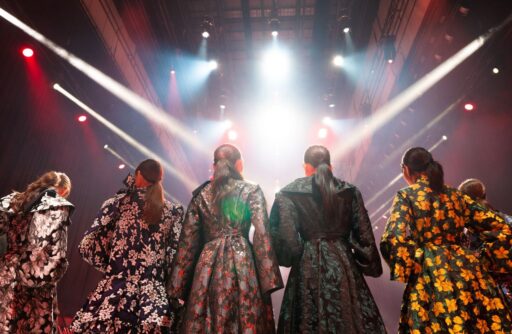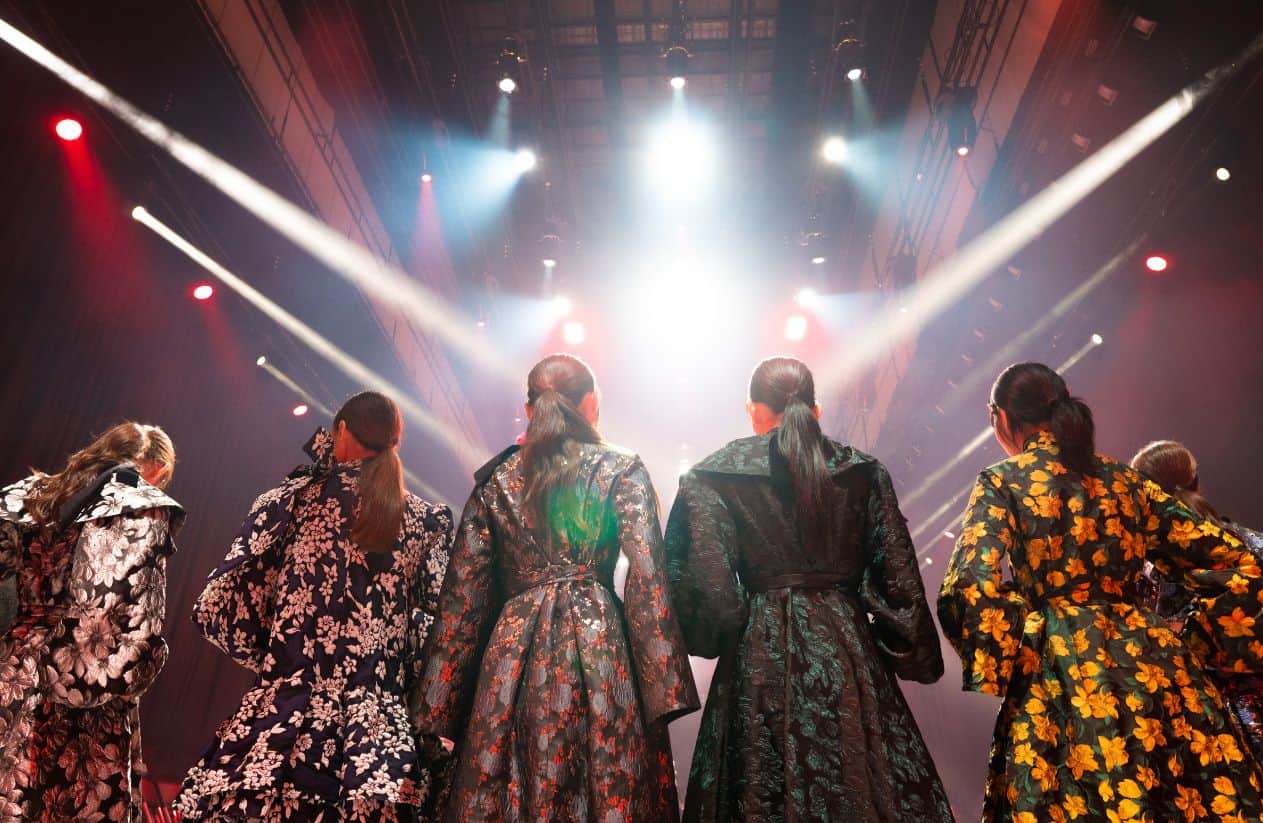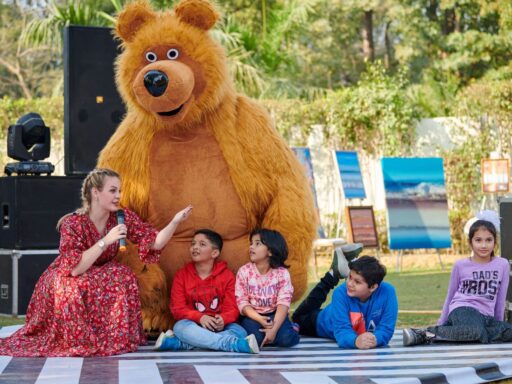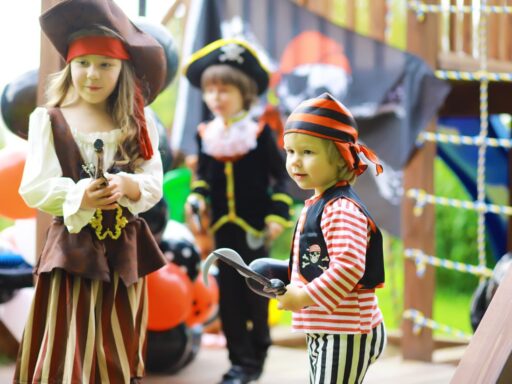The air crackles with anticipation backstage. Makeup brushes dance across faces, hairspray hangs heavy in the air, and the rhythmic thump of the music builds. The lights dim, a hush falls over the crowd, and the first model steps onto the runway, a vision of poise and elegance.
Runway models are the lifeblood of any fashion show, bringing designs to life and captivating audiences. But behind the glamour lies the complex task of how to book runway models for fashion shows.
From defining your aesthetic and setting a budget to navigating agency contracts and coordinating logistics, the process can be daunting.
This comprehensive guide provides a step-by-step approach, walking you through every stage of how to book runway models for fashion shows, ensuring a smooth and successful show from initial planning to the final walk.
Pre-Show Prep: Defining Your Needs
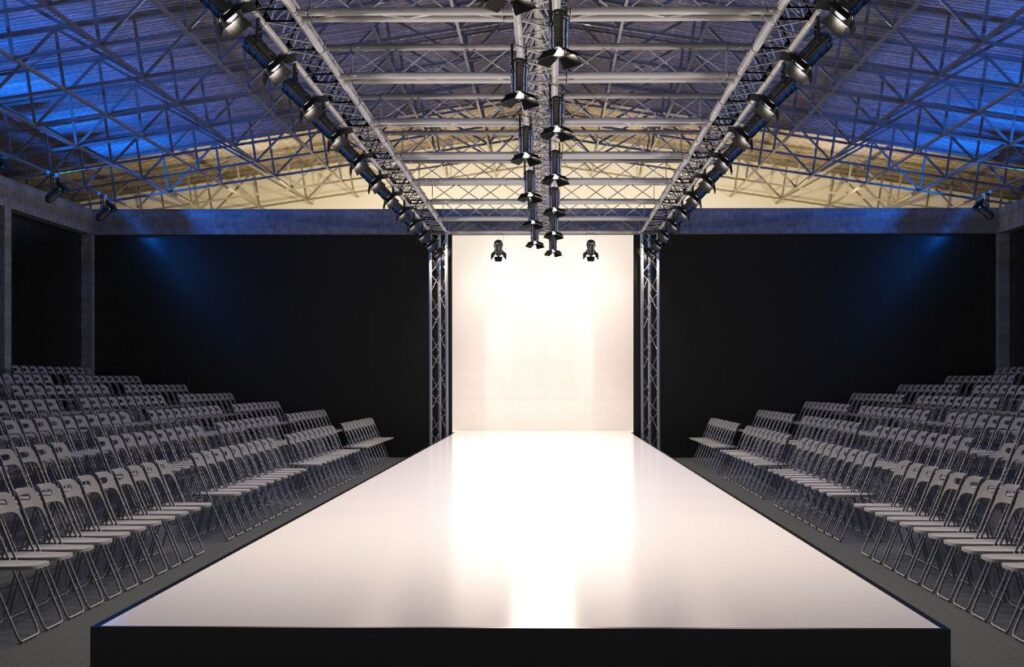
Before you even begin contacting agencies or scouting models, it’s crucial to lay the groundwork by clearly defining your needs and vision for the show.
This pre-show preparation will save you time, money, and potential headaches down the line.
A. Defining Your Vision:
This stage is all about understanding the core identity of your fashion show. Ask yourself:
- Target Audience: Who are you trying to reach with your collection? Are you targeting a younger demographic, a more mature audience, or a specific niche? Understanding your target audience will influence the overall style and feel of your show, and consequently, the type of models you’ll need.
- Aesthetic and Style: What is the overall look and feel you want to create? Is your collection edgy and modern, classic and elegant, bohemian and free-spirited, or something else entirely? The aesthetic of your collection will directly dictate the type of models that best embody your brand.
- Model Requirements: Once you understand your audience and aesthetic, you can define the specific characteristics you’re looking for in your models. This includes:
- Height: Runway models are typically tall, but specific height requirements can vary depending on the designer and the garments.
- Size: While the fashion industry is moving towards greater inclusivity, sample sizes still play a role in model selection. Be clear about the size range you need models to fit.
- Look: Consider the overall look you’re going for. Do you need models with a particular ethnicity, hair color, or other distinguishing features?
- Experience: Are you looking for seasoned runway veterans or are you open to working with newer faces? Experience can impact a model’s confidence and stage presence.
B. Setting a Budget:
Budget is a critical factor in determining how many models you can hire and the type of models you can afford. Consider the following:
- Model Fees: Model fees vary significantly based on experience, reputation, and location. Supermodels command top dollar, while newer models may charge less. Research typical rates in your area to get a realistic idea of costs.
- Associated Costs: Don’t forget to factor in additional expenses, such as agency fees (if applicable), travel costs (if models are coming from out of town), accommodation, meals, and any other expenses related to the models’ involvement in the show.
- Budgeting Tips: Create a detailed budget spreadsheet to track all your expenses. Prioritize your spending and be prepared to make adjustments as needed. Negotiate rates with agencies or models where possible.
C. Creating a Model Brief:
A comprehensive model brief is essential for communicating your needs clearly to agencies and models. This document should include:
- Show Description: A brief overview of your fashion show, including the theme, the collection’s inspiration, and the overall tone you’re aiming for.
- Model Requirements: A detailed list of the specific requirements outlined in the “Defining Your Vision” section (height, size, look, experience, etc.).
- Logistics: Information about the show dates, times (including call times and rehearsal schedules), location, and any other relevant logistical details. This helps models understand the commitment required.
Finding Your Models: The Search Begins
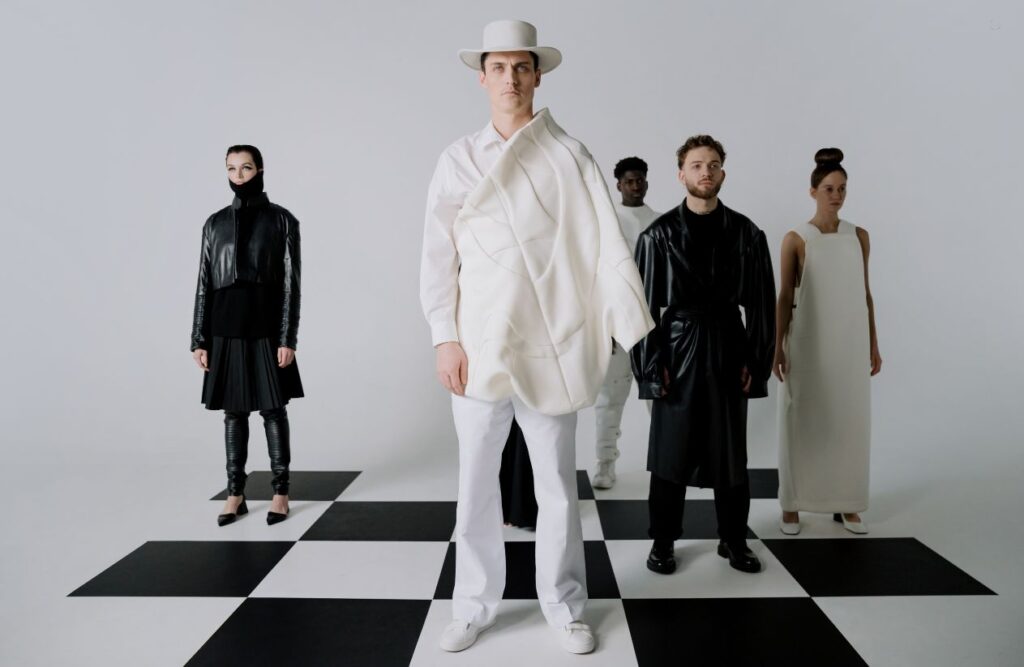
Now that you’ve defined your needs, the search for the perfect runway models begins. Several avenues exist for finding the right talent, each with its own pros and cons.
When considering how to book runway models for fashion shows, you’ll likely explore these primary options:
A. Working with Modeling Agencies:
- Benefits: Partnering with a reputable modeling agency offers numerous advantages. Agencies provide access to a vast pool of professional models, ensuring a wider selection to choose from. They handle contracts, negotiations, and often logistics, streamlining the booking process. Agencies also ensure professionalism and reliability, as models are typically contracted and held to certain standards.
- Finding Reputable Agencies: Research is key. Look for agencies with a strong reputation in the fashion industry. Check online directories, industry publications, and ask for recommendations from other designers or industry professionals. Consider agencies that specialize in runway models, as they’ll have the most relevant talent pool.
- Agency Contracts and Fees: Before signing any agreements, carefully review the agency’s contract. Understand their commission structure, payment terms, cancellation policies, and any other relevant details. Agency fees typically range from 20-40% of the model’s fee, but this can vary.
B. Direct Booking (Less Common for Runways):
- When to Consider: Direct booking, where you contact models directly without an agency, is less common for large-scale runway shows but might be considered for smaller, independent shows with tighter budgets. It can also be an option if you’re looking for a very specific, niche look.
- Platforms: If you choose to go this route, you might explore online platforms or social media, but exercise caution and verify credentials.
- Important Considerations: Direct booking requires careful attention to contracts and legalities. Ensure you have a solid contract in place outlining payment terms, usage rights, and other critical details. Consider insurance to protect yourself against potential issues.
C. Casting Calls (Open Calls):
- Organizing a Successful Casting Call: Hosting an open casting call can be a great way to discover new talent. Promote your casting call through social media, industry publications, and modeling networks. Choose a convenient location and time, and have a clear plan for the casting process.
- Attracting the Right Models: Clearly define the type of models you’re looking for in your casting call announcements. Include details about the show, the collection, and the specific requirements.
- The Casting Process: During the casting call, have a structured approach to evaluating models. Look for a confident walk, a strong presence, and the ability to showcase your designs effectively. Consider having models try on a few pieces from your collection to see how they fit and move.
The Selection Process: Choosing the Perfect Fit
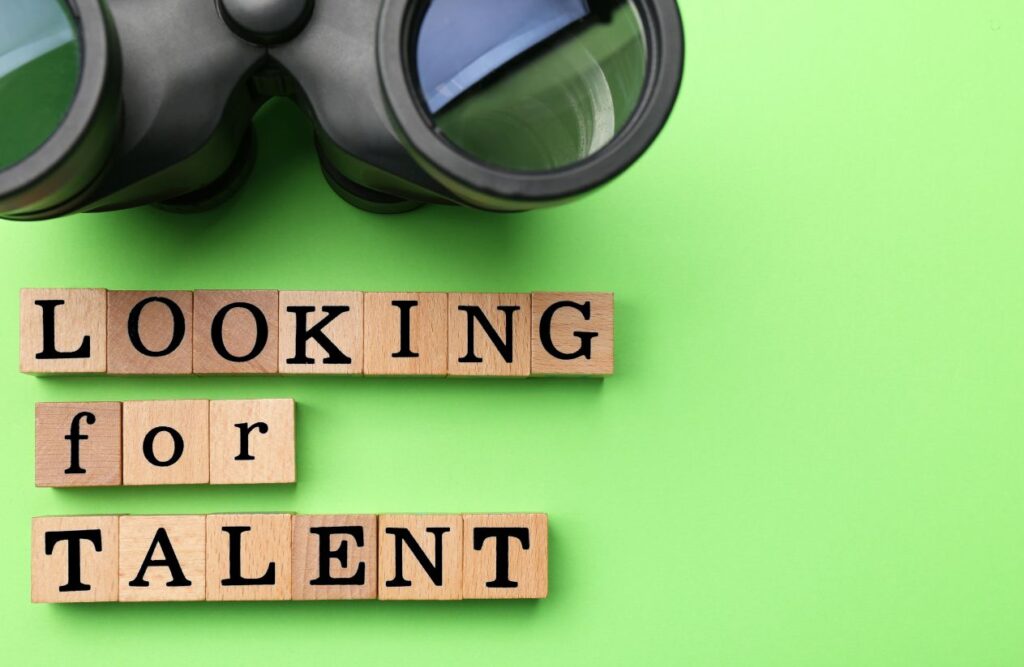
The search is over, and now comes the crucial step of narrowing down your options and choosing the models who will perfectly embody your brand and bring your collection to life.
This is where you carefully evaluate talent and make those all-important decisions on how to book runway models for fashion shows.
A. Reviewing Portfolios and Comp Cards:
- Understanding Portfolios: A model’s portfolio is their resume. It showcases their experience and range, featuring photos from past work, including editorials, campaigns, and runway shows. Look for high-quality images that demonstrate the model’s versatility and ability to connect with the camera.
- Interpreting Comp Cards: A comp card (or composite card) is a standardized marketing tool for models. It typically includes the model’s measurements (height, bust, waist, hips), contact information, and a few photos. Use the comp card to quickly assess if a model meets your basic requirements.
B. Conducting Go-Sees/Interviews:
- Preparing for Go-Sees: Go-sees are in-person meetings with models. Prepare a list of questions you want to ask and have a clear idea of what you’re looking for.
- Questions to Ask: Beyond basic information, use go-sees to gauge a model’s personality, professionalism, and experience. Ask about their previous runway experience, their understanding of the fashion industry, and their availability.
- Evaluating Walk and Presence: Observe how the model walks, their posture, and their overall presence. Can they command attention? Do they move with confidence and grace? If possible, have them walk in a few different outfits to see how they adapt to various styles.
C. Making Your Final Decisions:
- Beyond Looks: While physical appearance is important, other factors are equally crucial. Consider a model’s professionalism, personality, and reliability. Are they punctual, easy to work with, and committed to the job?
- Negotiating Rates and Contracts: Once you’ve chosen your models, it’s time to negotiate rates and finalize contracts. Be clear about payment terms, usage rights for photos and videos, and any other relevant details. If you’re working with an agency, they will handle the contract negotiations.
Pre-Show Logistics: The Final Touches
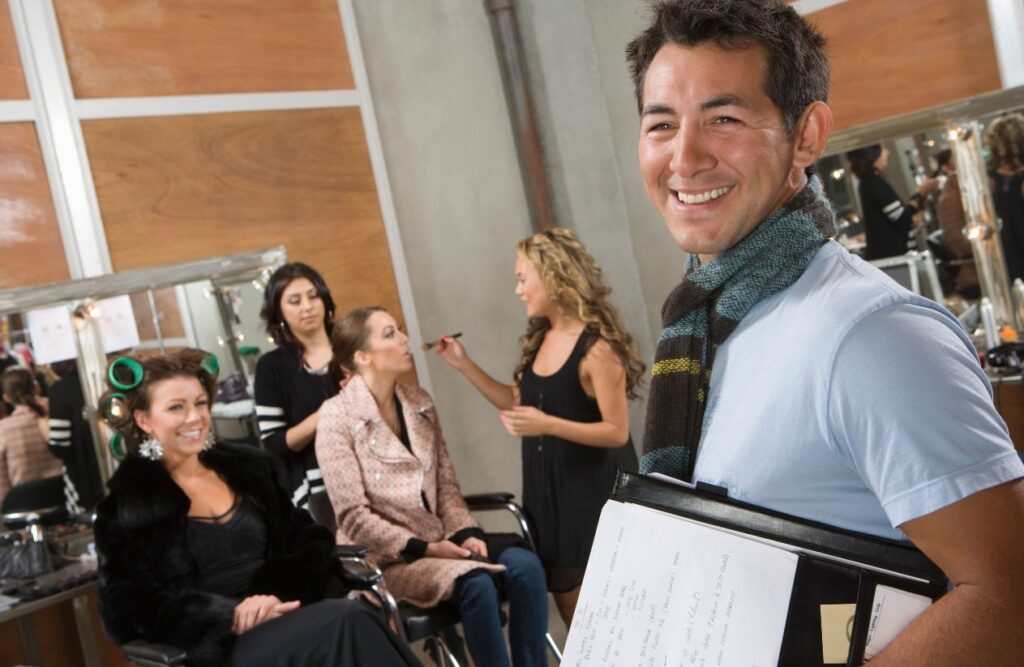
With your models selected and contracts signed, the focus shifts to the crucial pre-show logistics.
This is where meticulous planning and attention to detail ensure a smooth and stress-free experience for everyone involved, and it’s a key part of how to book runway models for fashion shows effectively.
A. Confirming Bookings and Contracts:
Double-check that all paperwork is in order. Confirm booking details, including dates, times, and payment terms, with both the models and their agencies (if applicable). Maintain clear and consistent communication to avoid any misunderstandings or last-minute surprises.
B. Measurements and Fittings:
Schedule fittings between the models and your designers. This is essential to ensure that the garments fit perfectly and that any necessary alterations can be made. Having accurate measurements is crucial for a polished runway presentation.
C. Travel and Accommodation Arrangements (if needed):
If your models are traveling from out of town, coordinate their travel logistics. This includes booking flights or transportation, arranging accommodation, and providing them with clear instructions on how to get to the venue.
D. Backstage Management and Coordination:
A well-organized backstage is vital for a successful show. Create a smooth flow by assigning specific roles to your team. This includes dressers, assistants, makeup artists, hairstylists, and a backstage manager to oversee everything.
Develop a clear schedule for model call times, hair and makeup, and dress rehearsals. A calm and organized backstage will contribute to a more relaxed and confident atmosphere for the models.
Show Time: Lights, Camera, Runway!
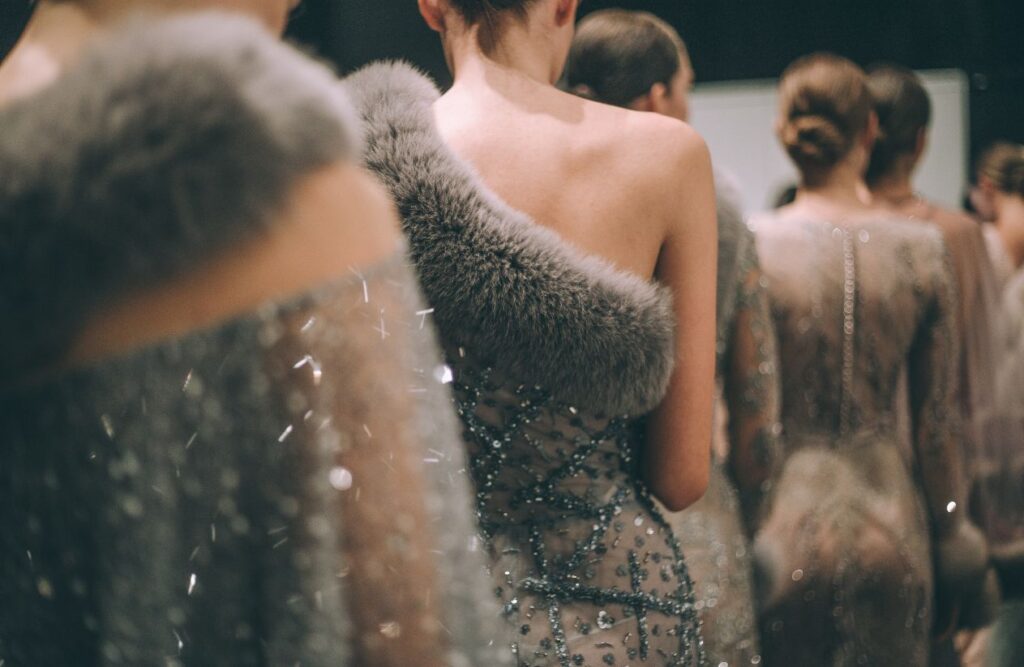
The moment you’ve been working towards has arrived. All the planning, preparation, and coordination culminate in the exhilarating experience of the fashion show itself.
A. Model Call Time and Rehearsals:
Ensure that all models arrive on time for their call time. A pre-show briefing is helpful to review the show’s flow, any specific instructions for each model’s walk, and answer any last-minute questions.
Conduct dress rehearsals to allow models to familiarize themselves with the runway, lighting, and music. This also gives you a chance to make any final adjustments.
B. Show Day Coordination:
Even with the best planning, unexpected issues can arise on show day. Be prepared to manage last-minute changes, such as wardrobe malfunctions or model absences. Have a contingency plan in place and a team that can adapt quickly and efficiently.
Maintain clear communication between your backstage team, the models, and the front-of-house staff.
C. Post-Show Follow-Up:
After the show, take the time to thank your models and the agencies (if applicable). A personal note of appreciation goes a long way in building relationships. If you were particularly impressed with a model’s work, express your interest in collaborating on future projects. Maintaining these connections can be beneficial for future shows.
Also check our article“Hiring Models for Red Carpet Events: What You Should Consider”
Conclusion
Booking runway models for fashion shows is a complex but rewarding process. From defining your aesthetic and budget to navigating agency contracts and coordinating fittings, each step is crucial for a successful show.
This guide has walked you through the key elements: defining your needs, finding your models (whether through agencies, direct booking, or casting calls), selecting the right fit, managing pre-show logistics, and ensuring a smooth show-day experience.
Remember, clear communication and meticulous planning are paramount. By following these steps, you can confidently create a stunning runway show that brings your designs to life and captivates your audience.
With careful preparation and a passion for your vision, your fashion show is sure to be a triumph.
Since you are planning to book a model, check the list below for our recommended models that you can book or hire for the event:
